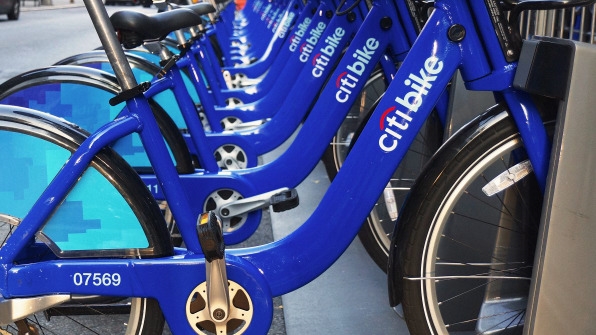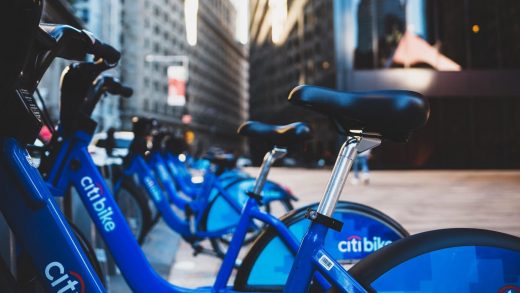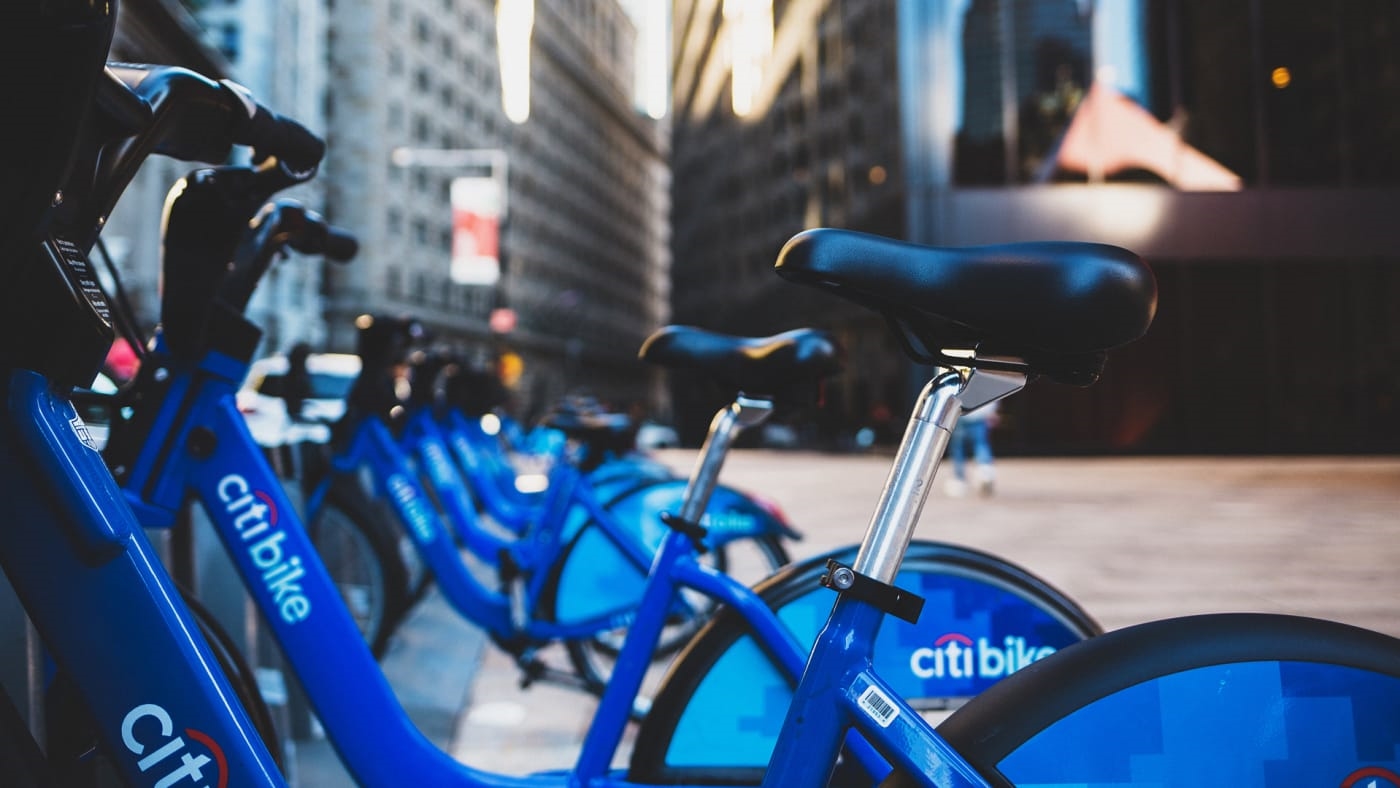New York’s new discounted bikeshare is the next step toward equity
When bikeshare programs first rolled out in cities a decade ago, the expectations were high: Not only would the bikes provide an easy, accessible, healthier alternative to taking a car, but they’d close frustrating gaps in urban public transit networks. Programs like Citi Bike in New York and Ford GoBike in the Bay Area have worked to deliver on these goals, but in the process, they’ve often failed to gain traction among left lower-income residents of color, who might benefit the most from the programs.
Not only are the majority of docked bikeshare stations located in higher-income, whiter neighborhoods, but the programs can be expensive–an annual Citi Bike membership totals $169. As such, a Portland State University study last year found that just 2% of low-income people of color surveyed were annual bikeshare members, despite the fact that a majority had interest in participating in the programs.
So lately, bikeshare systems have woken up. On July 17, Citi Bike announced a partnership with Healthfirst, a local health insurance provider, to offer discounted Citi Bike memberships for SNAP recipients in New York City. For $5 a month, as opposed to the normal $15 rate, SNAP participants 16 and older, around 1 million people, can sign up for a month-by-month membership. There’s no auto-renew or annual commitment baked into the program–if someone stops riding after the first 30 days, they won’t be charged.

The SNAP recipient program expands on an existing Citi Bike equity initiative, which offers all residents (aged 16 and older) of New York’s public housing, NYCHA, $5 monthly memberships. Part of that initiative, says Julie Wood, spokesperson for Motivate, the company that manages Citi Bike (and which was recently acquired by Lyft), entailed placing bikeshare stations in close proximity to public housing developments. “The NYCHA partnership had the benefit of being able to put the bikes right next to the housing of people it was trying to reach, and NYCHA has a very strong community to work with on outreach,” Wood says. The SNAP program will be more challenging, because recipients are more spread throughout the city, but there are numerous similar initiatives underway in other cities that New York could learn from.
In 2016, Capitol Bikeshare in Washington, D.C. began offering $5 annual memberships for residents that received services through a collection of community organizations, like Back on My Feet, a nonprofit that combines running with homeless services, and Jubilee Jobs, an employment services program. Ford GoBike in the Bay Area offers $5 first-year memberships for SNAP recipients and people who qualify for discount transit programs (after the first year, the membership goes up to $5 per month), and Divvy, Chicago’s bikeshare system, offers $5 annual memberships for SNAP recipients and public housing residents, as well as anyone with a household income at or below 300% of the federal poverty level. And Indego, Philadelphia’s bikeshare system, has seen participation from low-income residents of color rise from as much as 13% after introducing discount passes for SNAP recipients.
There is a challenge, Wood says, in ensuring that the residents who could benefit from the discounted programs know they exist and can access them. Public outreach campaigns and creative payment options–like allowing people to sign up for memberships at local credit unions or convenience stores—will go a long way toward making programs more accessible. The SNAP recipient discount in New York City launched at the Bedford Stuyvesant Restoration Corporation, an established community development organization in Brooklyn. Wood hopes that partnering with more organizations with strong community roots will “make sure that people know that this program is for them,” she says.
“But it’s important to recognize that affordable memberships are only part of the equity picture,” Wood says. “We need to build bike infrastructure and bikeshare that reaches all parts of our city.” Most urban bikeshare systems are still clustered in higher-income neighborhoods. While some city systems are relying on dockless bikeshare companies to fill in the gaps left by city-run docked systems, that doesn’t exactly send a message of inclusion and equity. As urban bike share systems work to make rides more affordable, they also need to make sure people can count on having this mode of transportation within easy reach of their homes and places of work–regardless of where that may be. And doing so, also, should push cities to ensure that their network of safe, good-quality bike lanes extends into every neighborhood–something all urban areas should be working on.
(24)



